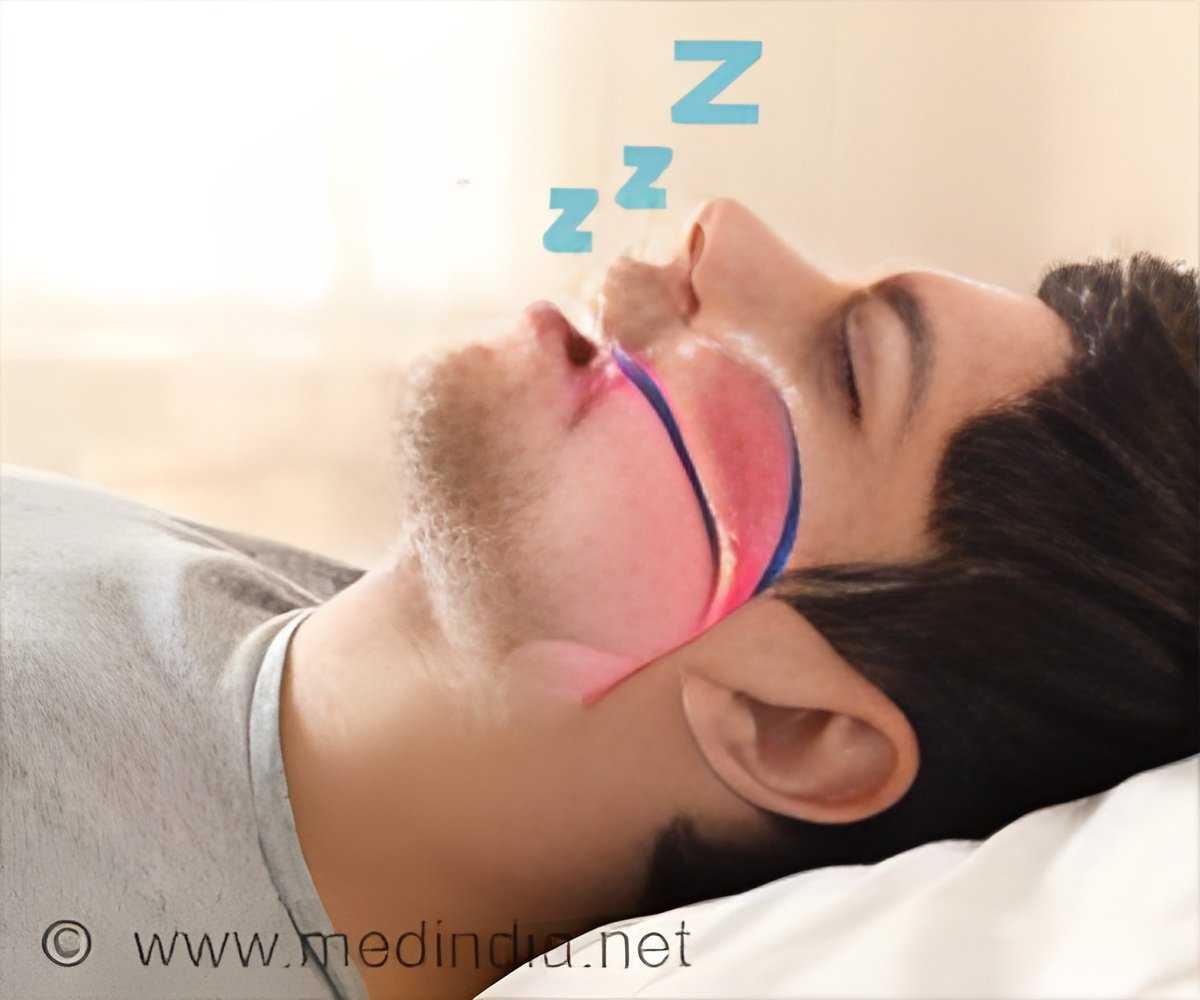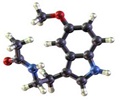Efficient sleep apnea management focuses on timely diagnosis and effective treatment strategies to improve sleep quality and overall health.

Early recognition and treatment of OSA in hospitalized patients and its impact on health care utilization in rural population: a real-world study
Go to source). Dr. Sunil Sharma, N. Leroy Lapp Professor and division chief of the Pulmonary, Critical Care and Sleep Medicine Fellowship Program in the WVU School of Medicine, received the award after working with other WVU researchers to develop prototypes and secure a patent.
‘Around 80% of #obstructivesleepapnea cases worldwide go undiagnosed. A new device for #OSA treatment aims to improve detection and management. #sleepdisorder’





“It’s about taking technology from the lab to the bedside,” Sharma said. “This grant will help us connect with people who have a high level of expertise and join their strengths with ours. We will work with experts in AI, software production and enhancement, industrial production, and technology and hardware enhancement.” What is Sleep Apnea
Obstructive sleep apnea, or OSA, is a common condition in which the airways partially or completely collapse resulting in a decrease in oxygen saturation. Although symptoms include loud snoring and excessive daytime sleepiness, many people are asymptomatic.Support from the NSF Innovation Corps program will provide for collaboration among experts from WVU and other institutions.
The prototypes include a watch and a fingertip clip, similar to a pulse oximeter that patients wear while sleeping at home. Both use artificial intelligence technology to measure and analyze data collected via an app on a smartphone or tablet.
“What the devices do is collect information from your bloodstream regarding the certain way the oxygen is delivered and circulated in the blood,” Sharma explained. “Based on those oxygen signals and the algorithms which we have fed in — the way we designed it and calibrated it — they can accurately reflect what may be happening in the body without having to go through very expensive testing.”
Advertisements
“A delayed diagnosis can lead to worsening of underlying comorbid conditions such as heart failure, stroke and atrial fibrillation because OSA acts like a fuel to other diseases,” Sharma said.
Advertisements
Those who were diagnosed after additional testing received a PAP — positive airway pressure — therapy and were instructed to use it for a minimum of four hours nightly 70% of the time. Assessing patients over six months, researchers found those who were non-adherent to the PAP therapy as prescribed had significantly higher hospital readmissions and emergency room visits for cardiovascular and pulmonary treatment than those who adhered to therapy.
“The above data complimented by similar findings at other institutions strongly suggest that if we catch OSA earlier, the treatment may facilitate in the control of their comorbid conditions,” Sharma said.
The study, published in Journal of Clinical Sleep Medicine, also examined health care spending and hospital resources. Findings show early detection and treatment resulted in lower costs for patients and health care facilities in both the hospital and ambulatory settings. In addition, with fewer people requiring hospitalization, more beds were available for patients with other conditions.
While reasons the disorder goes undetected vary, Sharma said the lack of availability of sleep physicians and sleep lab testing facilities along with low awareness and associated costs to patients play a role.
“Sleep labs are so booked that sometimes it takes weeks to months to get an appointment. In that amount of time, they’re possibly seeing readmission to the hospital and a significant escalation of their condition,” he said.
At-home testing is also more appealing to patients not wanting to spend the night being monitored in an unfamiliar setting, which Sharma said can affect their sleep quality.
The devices may also be of special benefit to people living in rural areas who may have a great distance to travel to a testing site or who need to rely on family members for transportation.
Sharma said he hopes the study raises awareness that early detection of OSA can improve the outcome of patients with comorbid diseases and prevent others from developing more serious conditions.
“We are just learning more and more about this disease, how it drives other conditions and how patients can be very asymptomatic and yet have the disease still going on in their system,” he said. “We do know we can’t treat it if we can’t detect it.”
Reference:
- Early recognition and treatment of OSA in hospitalized patients and its impact on health care utilization in rural population: a real-world study - (https://jcsm.aasm.org/doi/10.5664/jcsm.11146)
Source-Eurekalert















